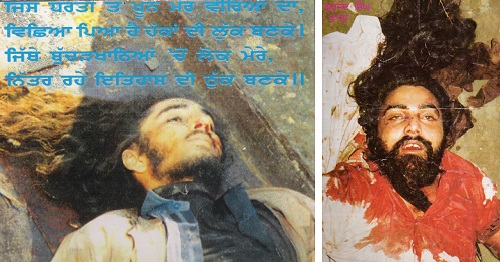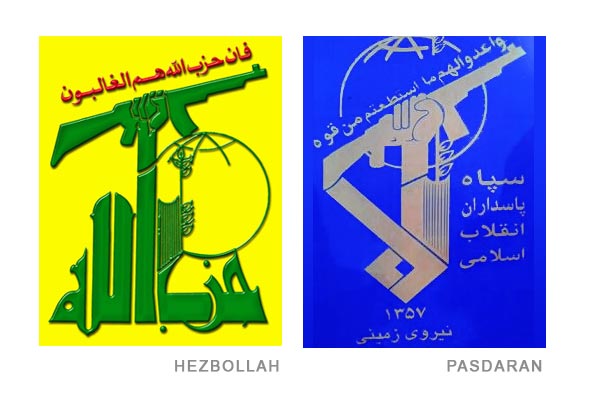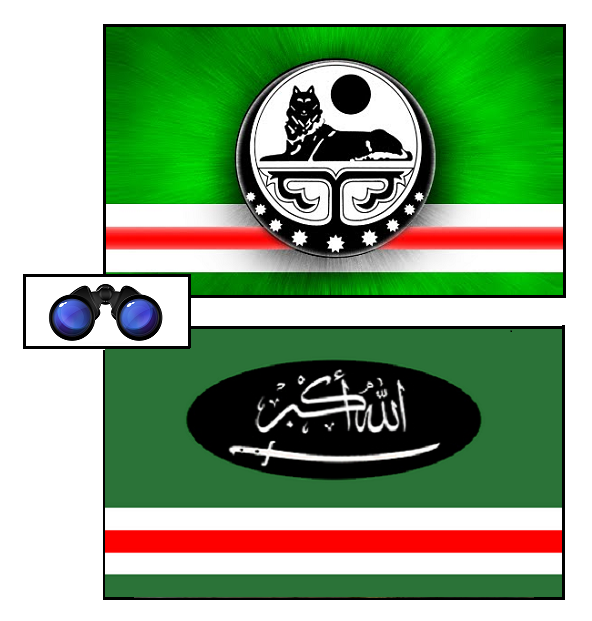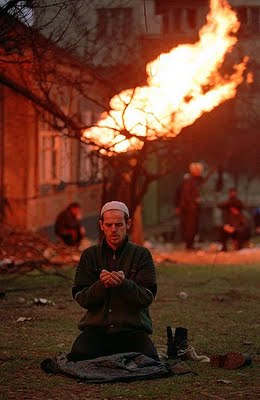Hamas and the Case of the Missing Hadith
Wednesday, May 3rd, 2017[ by Charles Cameron — by analogy with the curious incident of the dog in the night-time ]
.
From Sir Arthur Conan Doyle‘s story, Silver Blaze, in the Memoirs of Sherlock Holmes:
Inspector Gregory: “The dog did nothing in the night-time.”
Sherlock HHolmes: “That was the curious incident.”
**
There have been reports for some time that Hamas was preparing a revision of its original Charter, and now the Hamas Document of general Principles & Policies is with us:
The full text is here.
**
‘There’s commentary aplenty elsewhere —
Juan Cole, Hamas in new charter accepts 1967 borders for Palestinian state Gatetone Institute, Hamas in new charter accepts 1967 borders for Palestinian state Al-Monitor, What will Hamas charter change mean for Israel? The Guardian, Hamas presents new charter accepting a Palestine based on 1967 borders Middle East Eye, Hamas recognises PLO as ‘national framework’ for Palestinians Al-Jazeera, Hamas accepts Palestinian state with 1967 borders Brookings, Is Hamas re-branding to orient towards Egypt?
— I have just one point to make.. which I don’t believe any of thre above so much as mention..
**
The original 1988 Hamas Charter contains an explicitly apocalyptic hadith in Article Seven:
the Islamic Resistance Movement aspires to the realisation of Allah’s promise, no matter how long that should take. The Prophet, Allah bless him and grant him salvation, has said:
“The Day of Judgement will not come about until Moslems fight the Jews (killing the Jews), when the Jew will hide behind stones and trees. The stones and trees will say O Moslems, O Abdulla, there is a Jew behind me, come and kill him. Only the Gharkad tree, (evidently a certain kind of tree) would not do that because it is one of the trees of the Jews.” (related by al-Bukhari and Moslem).
That hadoth is no longer present in the new Document of General Principles & Policies.
**
The most extensive account of the gharqad tree I’ve seen is in Anne Marie Oliver & Paul Steinberg, The Road to Martyr’s Square..
the bizarre tree called the Gharqad, traditionally believed to speak in oracles and said to grow in the graveyards of Mecca
Their account is fascinating, well wporth reaing in full — see pp 19-24 at this link for convenience.
**
I amn uncertain whether Hamas has officially stated that the new Document of Principles replaces the original Charter, although that’s the impression one gathers from the rumors preceding its publication — but to the extent that it does, it is significant that the dog no longer barks, the Gharqad tree hadith no longer features in the new text.
Significantly omitting the hadith, the new Document lacks the specifically apocalyptic, end times claim present in the Charter. The hadoth, of course, continues to exist — bin Laden was another who used to quote it –mbut at least in its central doctrinal document, Hamas seems to have shited from an explicitly apoca;lyptic Islamism to a more general position opposing the “Zionist entity”.
To the extent that that’s a noteworthy shift, it’s at least a rhetorical de-escalation.
**
I look forward to any comments on this omission from Richard Landes, Will McCants, Jean-Pierre Filiu, Matthew Levitt, Aaron Zelin, Ibn Siqilli, Tim Furnish, Anne Marie Oliver, Paul Steinberg and others..














